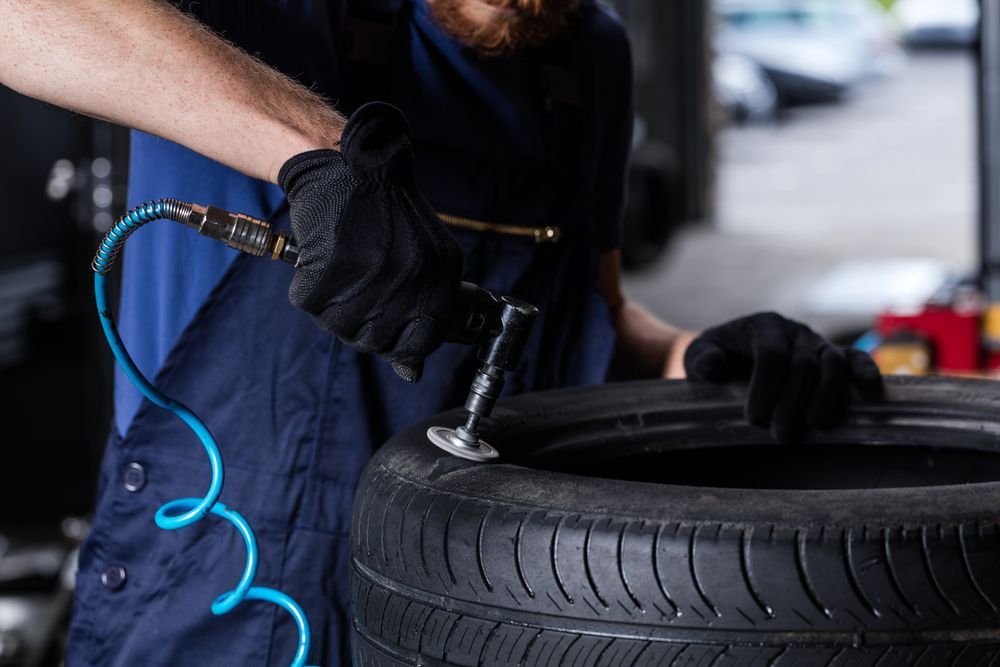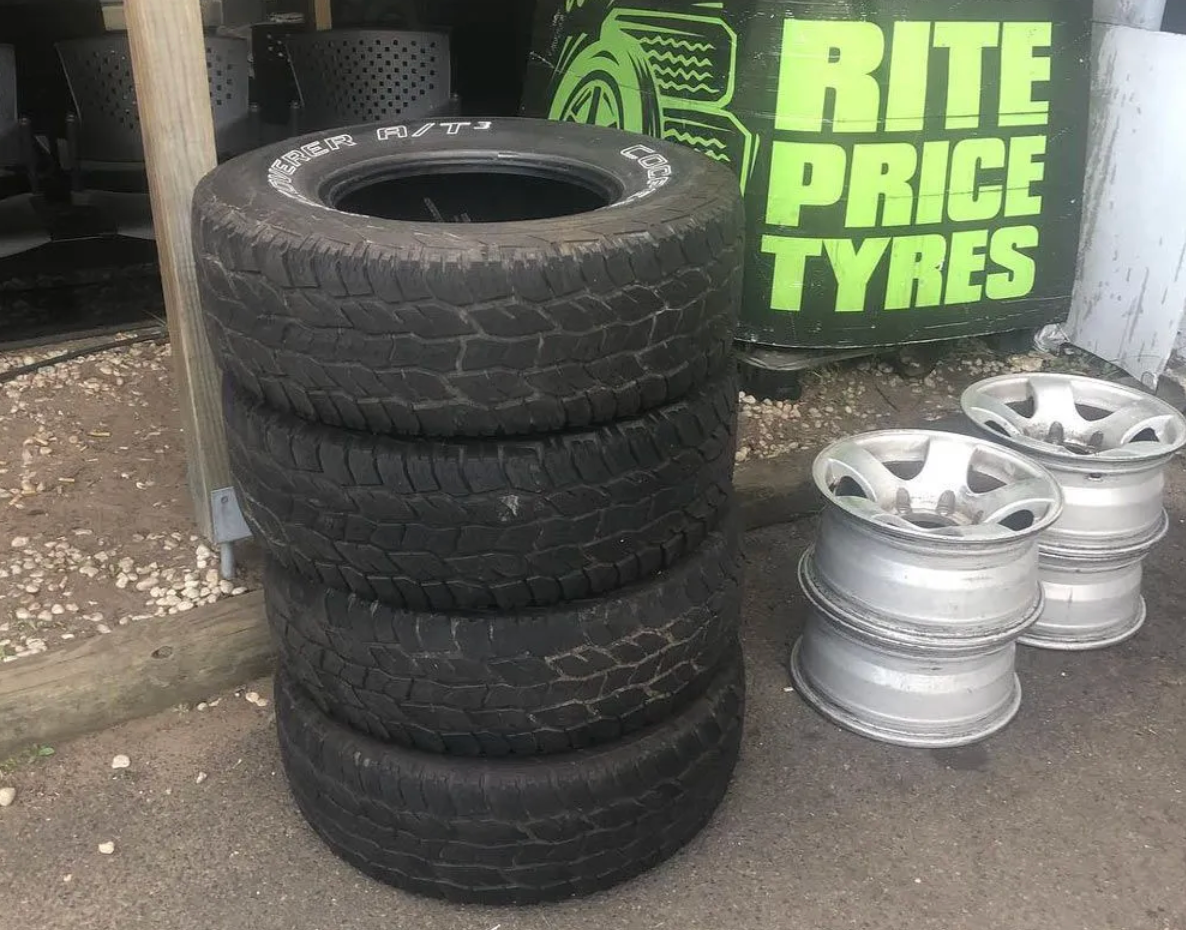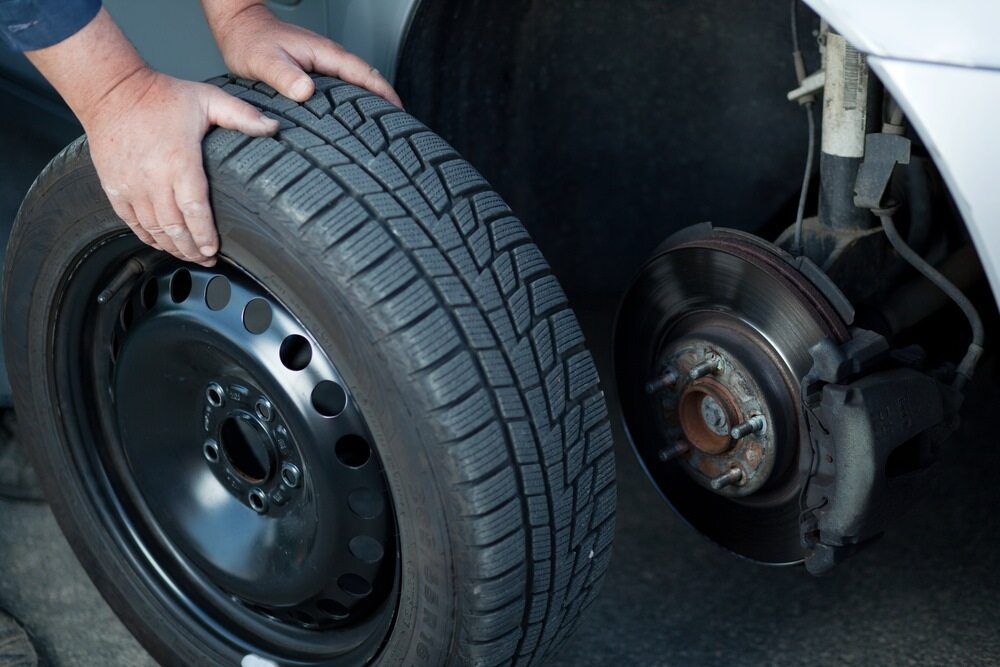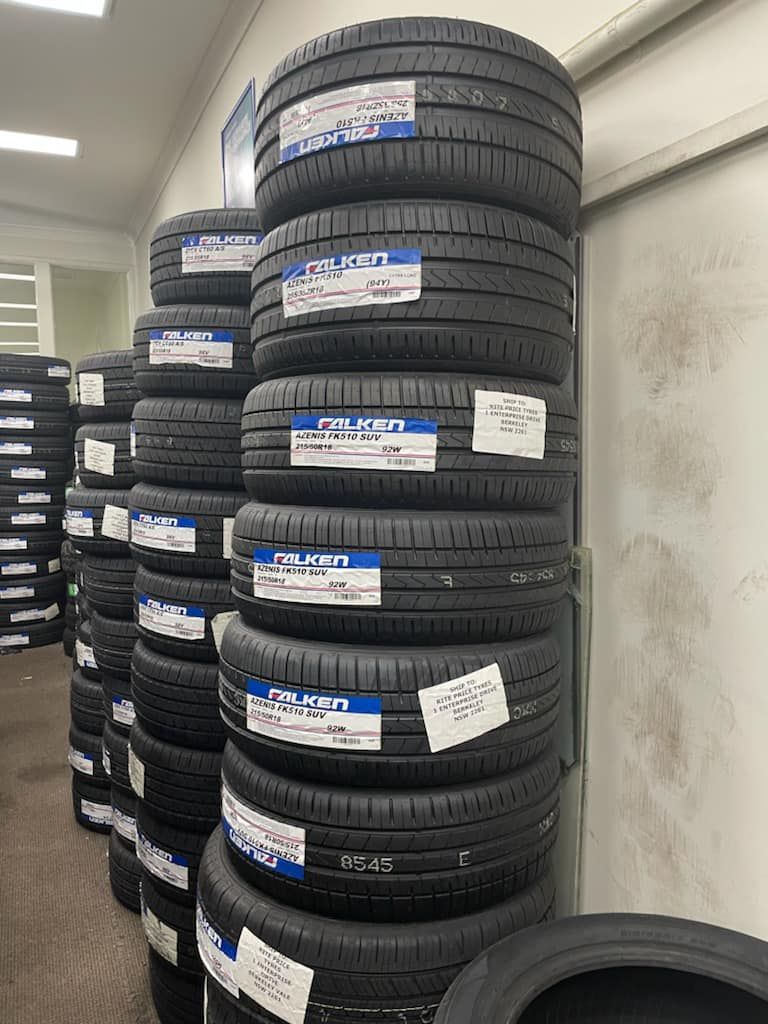The Ultimate Guide to Choosing the Right Tyres for Your Vehicle
Have you ever stood staring at a wall of tyres, wondering which ones are right for your car? Tyres play a vital role in how your vehicle handles, how safe it is on the road and even how much fuel it uses. With so many options available, choosing the right set can feel overwhelming.
In this blog, we’ll guide you through everything you need to know about selecting the perfect tyres for your driving style and local conditions.

Understanding Tyre Components
Before choosing new tyres, it helps to know what they’re made of. Each part of a tyre plays a specific role in its performance.
Tread
The tread is the patterned surface of the tyre that makes contact with the road. It’s responsible for:
- Channelling water away to prevent hydroplaning.
- Providing grip on different surfaces.
- Influencing road noise levels.
Different tread patterns suit different driving conditions, from wet roads to off-road trails.
Sidewall
The sidewall is the side of the tyre between the tread and the wheel rim. It displays important information, including:
- Tyre size and specifications.
- Load and speed ratings.
- Tyre type codes.
The sidewall also contributes to ride comfort and impact resistance.
Rubber Compounds
Tyres are made from complex rubber compounds tailored for specific uses. Soft compounds offer better grip but wear faster, while harder compounds last longer but may sacrifice some performance.
Understanding these components helps explain why some tyres suit high-speed driving while others are better for longevity and comfort.
Types of Tyres Available
Choosing the right tyre often starts with understanding the different types available. Here’s a look at some of the most common options:
All-Season Tyres
- Designed to perform well in a wide range of weather conditions.
- Suitable for moderate Australian climates.
- Provide a good balance between performance, comfort and longevity.
All-season tyres are a popular choice for drivers seeking year-round convenience.
Summer Tyres
- Optimised for warm weather conditions.
- Provide superior grip and braking on dry and wet roads.
- Not suitable for very cold temperatures.
Ideal for drivers prioritising sharp handling and performance during warmer months.
Winter Tyres
- Made with softer rubber compounds to remain flexible in cold temperatures.
- Feature deep tread patterns to grip snow and ice.
- Not recommended for use in warm weather as they wear faster.
Useful in colder regions, although less common across most of Australia due to our milder winters.
Performance Tyres
- Engineered for high-speed stability and precise handling.
- Use softer rubber compounds for maximum grip.
- Often have lower tread depths, sacrificing some comfort and lifespan.
Best suited for sports cars and drivers who prioritise performance over durability.
Off-Road Tyres
- Built for rugged terrain like dirt, mud, and gravel.
- Feature aggressive tread patterns for traction on loose surfaces.
- Often noisier and less comfortable on sealed roads.
Perfect for 4WD vehicles and drivers exploring Australia’s off-road tracks.
How to Determine Your Vehicle’s Tyre Size
One of the most common questions from drivers is: “How do I know what size tyres my vehicle needs?”
The easiest way is to check your existing tyre sidewalls. For example, a tyre might be marked:
205/55 R16 91V
- 205: Tyre width in millimetres.
- 55: Aspect ratio (sidewall height as a percentage of the width).
- R16: Radial construction and rim diameter in inches.
- 91: Load index.
- V: Speed rating.
Alternatively, your vehicle’s owner’s manual or the sticker inside the driver’s door frame will specify recommended tyre sizes.
When searching for tyres near you, sharing your existing tyre size with a professional ensures the right fit for your vehicle and driving needs.
Performance Tyres vs Standard Tyres
Many drivers wonder about the difference between performance tyres and standard tyres. Here’s a quick comparison:
Performance Tyres:
- Provide exceptional grip and handling at high speeds.
- Designed for sharper cornering and braking performance.
- Wear faster due to softer compounds.
- Often noisier and firmer on the road.
Standard Tyres:
- Focus on comfort, longevity and cost-effectiveness.
- Suitable for everyday driving and city commuting.
- Generally quieter and smoother.
Unless you drive a sports car or prioritise performance, standard or all-season tyres are usually sufficient for daily use on the Central Coast.
Choosing Tyres for Different Weather Conditions
Australia’s climate varies widely, so it’s wise to consider local conditions when choosing tyres.
Factors to think about include:
- Rainfall: If you frequently drive in wet weather, choose tyres with deep tread patterns and good water dispersal channels.
- Temperature: In warmer climates, summer or all-season tyres with heat-resistant compounds perform best.
- Off-road vs City Driving: Off-road tyres are essential for rugged terrain, while highway drivers benefit from low rolling resistance for fuel efficiency.
If you’re unsure, discussing your driving habits with professionals selling tyres on the Central Coast can help identify the best option.
All-Season vs Winter Tyres
Many Australian drivers ask whether they need all-season or winter tyres.
- All-season tyres work well in mild climates and can handle wet and dry conditions year-round.
- Winter tyres become essential if you regularly travel to areas with snow, ice, or sustained low temperatures below 7°C.
What Is Tyre Tread & Why Is It Important?
Tyre tread is the pattern of grooves and channels on the tyre’s surface. Its importance lies in:
- Dispersing water to maintain traction on wet roads.
- Providing grip for braking and cornering.
- Influencing road noise and ride comfort.
Worn tread reduces grip, increasing stopping distances and risking hydroplaning. Checking your tread depth regularly helps keep your vehicle safe.
In Australia, the legal minimum tread depth is 1.5 mm. However, many tyre professionals recommend replacing tyres once they reach 3 mm to maintain optimal performance in wet conditions.
The Lifespan of a Tyre
How long tyres last depends on several factors:
- Driving style (gentle vs. aggressive driving).
- Road conditions (smooth highways vs. rough surfaces).
- Tyre type and compound softness.
- Proper inflation and regular maintenance.
On average, tyres may last 40,000 – 80,000 kilometres. Regular checks for tread depth, sidewall damage and uneven wear help extend tyre life and keep you safe on the road.
Find the Right Tyres for Your Vehicle on the Central Coast
Choosing the right tyres isn’t just about finding the right size — it’s about matching your driving needs, local climate and vehicle type. Whether you’re commuting along the Central Coast or heading off-road for an adventure, quality tyres make a significant difference in safety, comfort and performance.
At Rite Price Tyres, we provide expert advice and a wide range of quality tyres on the Central Coast, helping drivers find the perfect match for every vehicle. Contact us today.












